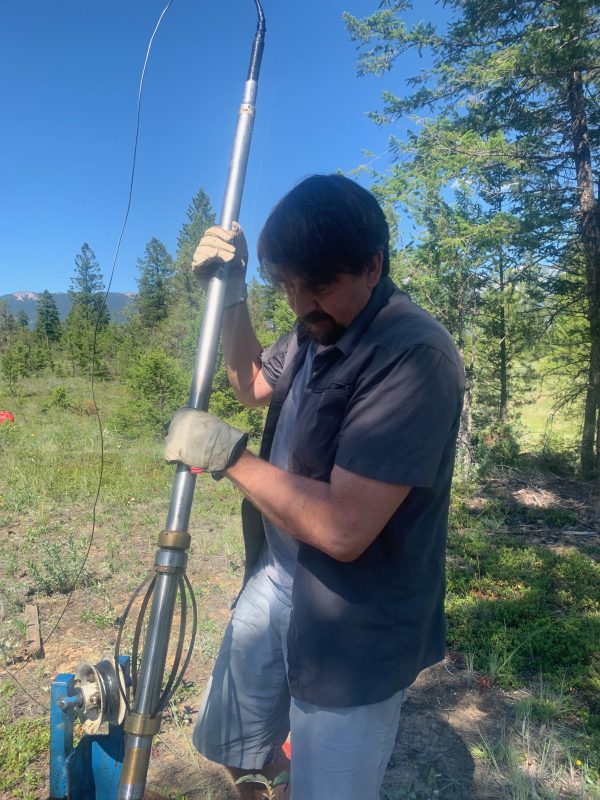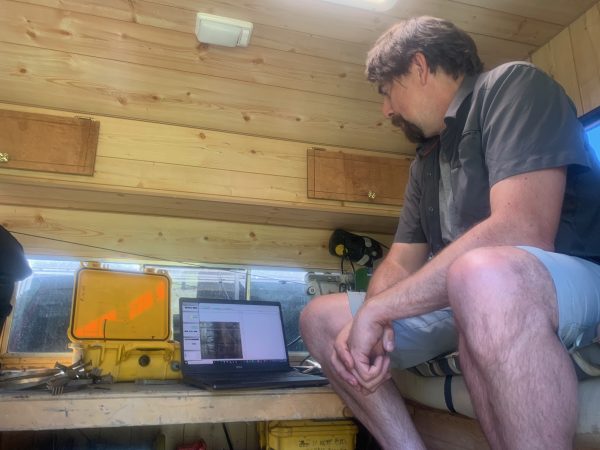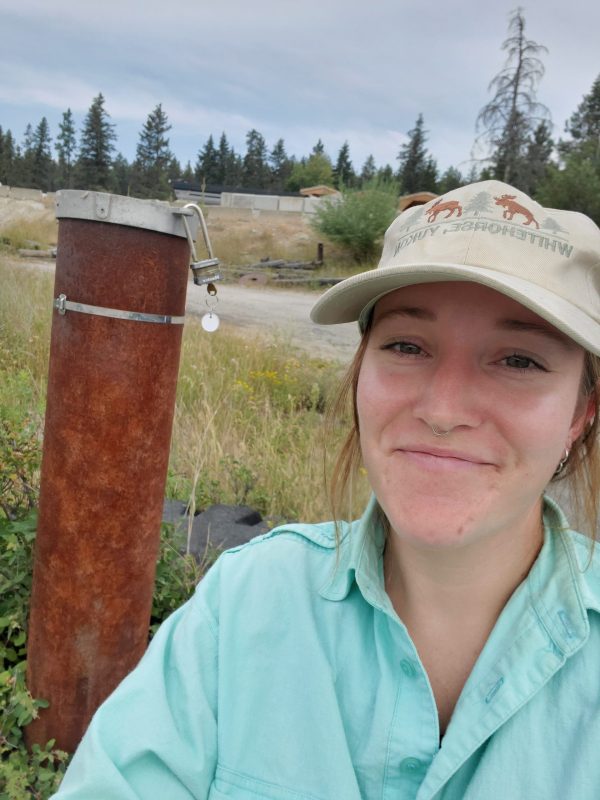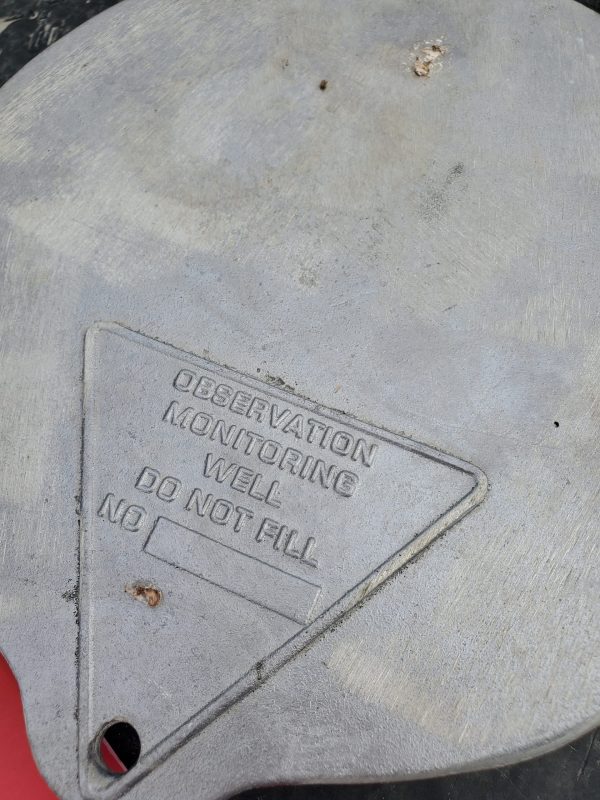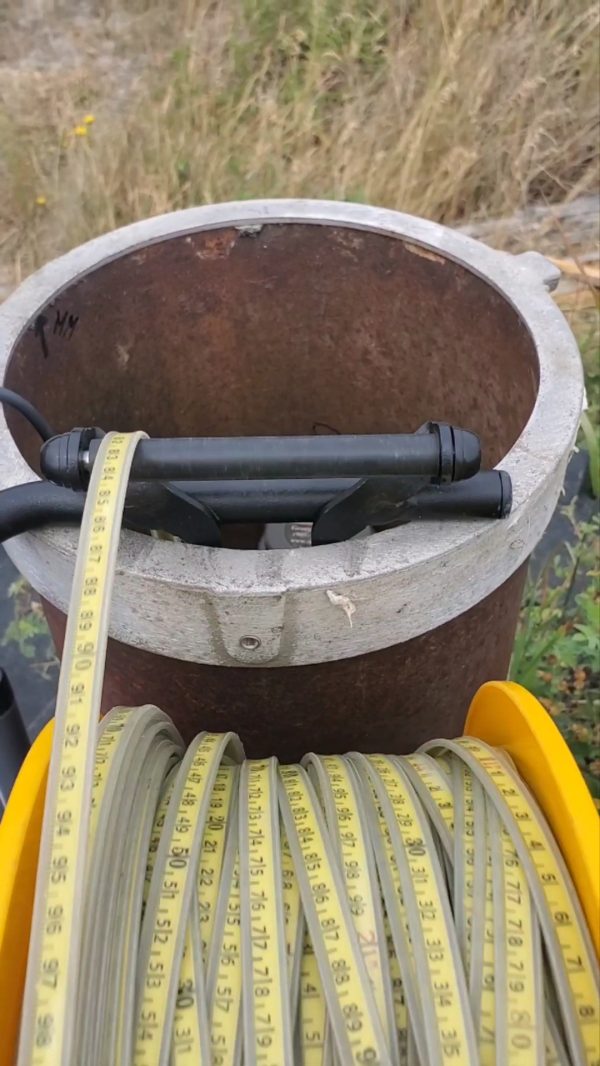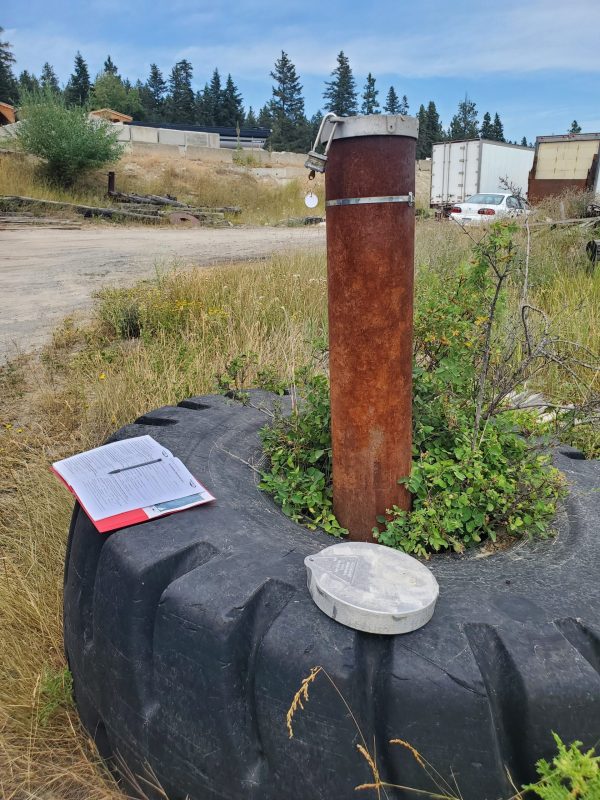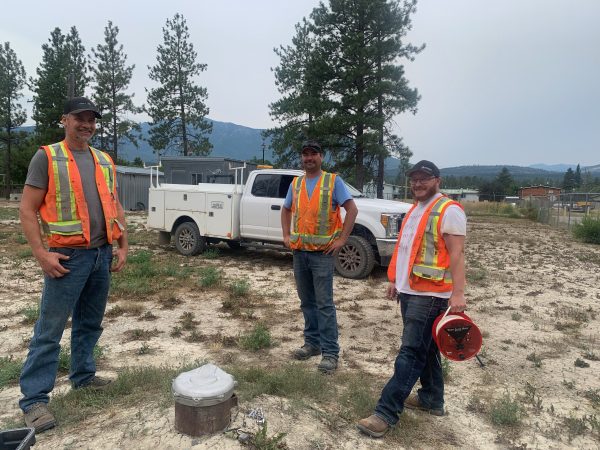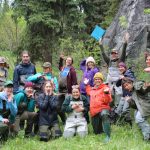Taking a deeper look at groundwater well conditions
Of all the different kinds of water monitoring that Living Lakes Canada conducts, groundwater monitoring poses some of the biggest hurdles.
To begin with, groundwater is, well, underground. Unlike monitoring a lake or stream, this water source is unseen and accessing it has its challenges. Monitoring equipment has to be lowered into observation wells that are drilled into aquifers sitting well below the earth’s surface. Equipment is left year round to measure fluctuations in groundwater levels. The wells are checked three times a year — spring, summer and fall — to download the data and ensure the equipment is working properly. The condition of the wells also need to be assessed.
During our summer monitoring rounds this year, our Columbia Basin Groundwater Monitoring Program conducted a “downhole camera” inspection with in-kind support from BGC Engineering. The purpose of the downhole camera was to assess the condition of one of the program wells, in particular to determine the depth and condition of the screen where water enters the well (see Figure 1).
A traditional bore hole camera could not go deep enough to see the screen, so BGC used their digital optical televiewer. It provided a full digital image of the entire well casing. Thanks to this inspection, we now know the depth and condition of the screen. An important part of our program is ensuring the wells that we monitor are in good condition to provide reliable data. We can now make decisions on re-developing this well, ensuring the water level in the well continues to be representative of aquifer conditions.
BGC provided this state-of-the-art equipment and their time through their employee-led philanthropic program BGC Squared. The program supports technical field endeavours within BGC’s area of expertise to help communities. Living Lakes Canada is grateful to Randy Shinduke who conducted the field work and Paul Bauman who provided the equipment (Paul is a world-renowned geophysicist who works on humanitarian and archeological projects around the world; check out his work here).
By the end of August, our Groundwater team will have visited all the Volunteer Observation Wells (VOWs) in our program. By partnering with private well owners we’ve been able to create a network of VOWs, complementing the six observation wells in the region that are a part of B.C.’s Provincial Groundwater Observation Well Network.
Many of our wells now have more than one year of data, so we can start to look at seasonal trends and how levels change year to year. Stay tuned for results from the data collected to date. All data from the program is uploaded to the Columbia Basin Water Hub, the central database for water and water-related data in the Columbia Basin and accessible to anyone who needs it.
To learn more about our Groundwater Monitoring Program visit: https://livinglakescanada.ca/project/columbia-basin-groundwater-monitoring-program/
